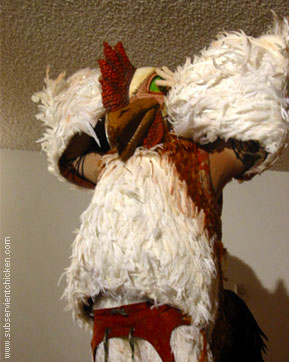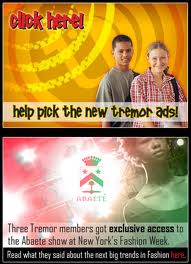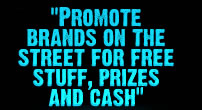 Since cool is transmitted primarily between children, marketers seek to generate a “buzz” about their products that is spread by word of mouth between children. This “word-of mouth marketing” is also referred to as “viral marketing”. Viral marketing has the advantage that the product endorsement gains credibility because it comes from friends and personal contacts rather than from anonymous company spokespeople or advertisements. A survey of marketers found that half intended to use viral marketing in 2006 and thought it was the most important way to market to youth.
Since cool is transmitted primarily between children, marketers seek to generate a “buzz” about their products that is spread by word of mouth between children. This “word-of mouth marketing” is also referred to as “viral marketing”. Viral marketing has the advantage that the product endorsement gains credibility because it comes from friends and personal contacts rather than from anonymous company spokespeople or advertisements. A survey of marketers found that half intended to use viral marketing in 2006 and thought it was the most important way to market to youth.
Viral marketing is cheap and very effective because much of the marketing is done by the children themselves at no cost to the advertiser. These days it is not limited to face-to-face contact. Internet chat rooms, mobile phones, and email not only enable such communications to be fast but also to reach beyond immediate neighbourhoods to other states and other countries.
Marketers produce “internet-based video clips, interactive online games, images or jokes” as well as animated icons (for example Kellogg’s) and e-cards (McDonald’s) for children to email to their friends. For example, Burger King won an award for “Most infectious viral campaign” for a website that featured a man dressed up as a chicken who was programmed to obey orders typed in by children on their keyboards. The site was visited 46 million times in the first week as a result of its URL being passed around various internet networks.
e-cards (McDonald’s) for children to email to their friends. For example, Burger King won an award for “Most infectious viral campaign” for a website that featured a man dressed up as a chicken who was programmed to obey orders typed in by children on their keyboards. The site was visited 46 million times in the first week as a result of its URL being passed around various internet networks.
YouTube is increasingly used by marketers for viral marketing. Wendy’s posted several videos on the YouTube website designed to appeal to a young person’s sense of humour. The videos had their commercial intent disguised and did not openly mention Wendy’s but those who viewed them were directed to a Wendy’s website.
Three quarters of websites designed for children by food companies cultivate email-based viral marketing. Emails may include news and entertainment and brand characters and links to games or other incentives on the website. Children are often given incentives such as free gifts if they tell their friends about the site.
 Procter and Gamble founded Tremor in 2000 which is a consultancy that uses teenagers to spread the word about its own products and those of around 50 other clients in the entertainment, consumer goods and other retail industries. It claims to have a team of 250,000 boys and girls aged between 13 and 19 it calls “connectors” who have “wide and deep social networks and a propensity to share product news”.
Procter and Gamble founded Tremor in 2000 which is a consultancy that uses teenagers to spread the word about its own products and those of around 50 other clients in the entertainment, consumer goods and other retail industries. It claims to have a team of 250,000 boys and girls aged between 13 and 19 it calls “connectors” who have “wide and deep social networks and a propensity to share product news”.
These teens do not get paid but are attracted by expectations of being amongst the first to sample new products; listen to unreleased music and new movies; being able to help design video games; and being given backstage concert passes, discount coupons and invites to parties. Tremor connectors do not have to disclose to their friends that they are working for Tremor when they promote products.
 UK children can become ‘Dubit Insiders’ and "promote brands on the street", by talking to their friends about it, wearing and using the products, putting up flyers, and just telling everyone about it. For this service they get “free stuff, prizes and cash”. Products such as Fanta and BiC use Dubit Insiders.
UK children can become ‘Dubit Insiders’ and "promote brands on the street", by talking to their friends about it, wearing and using the products, putting up flyers, and just telling everyone about it. For this service they get “free stuff, prizes and cash”. Products such as Fanta and BiC use Dubit Insiders.